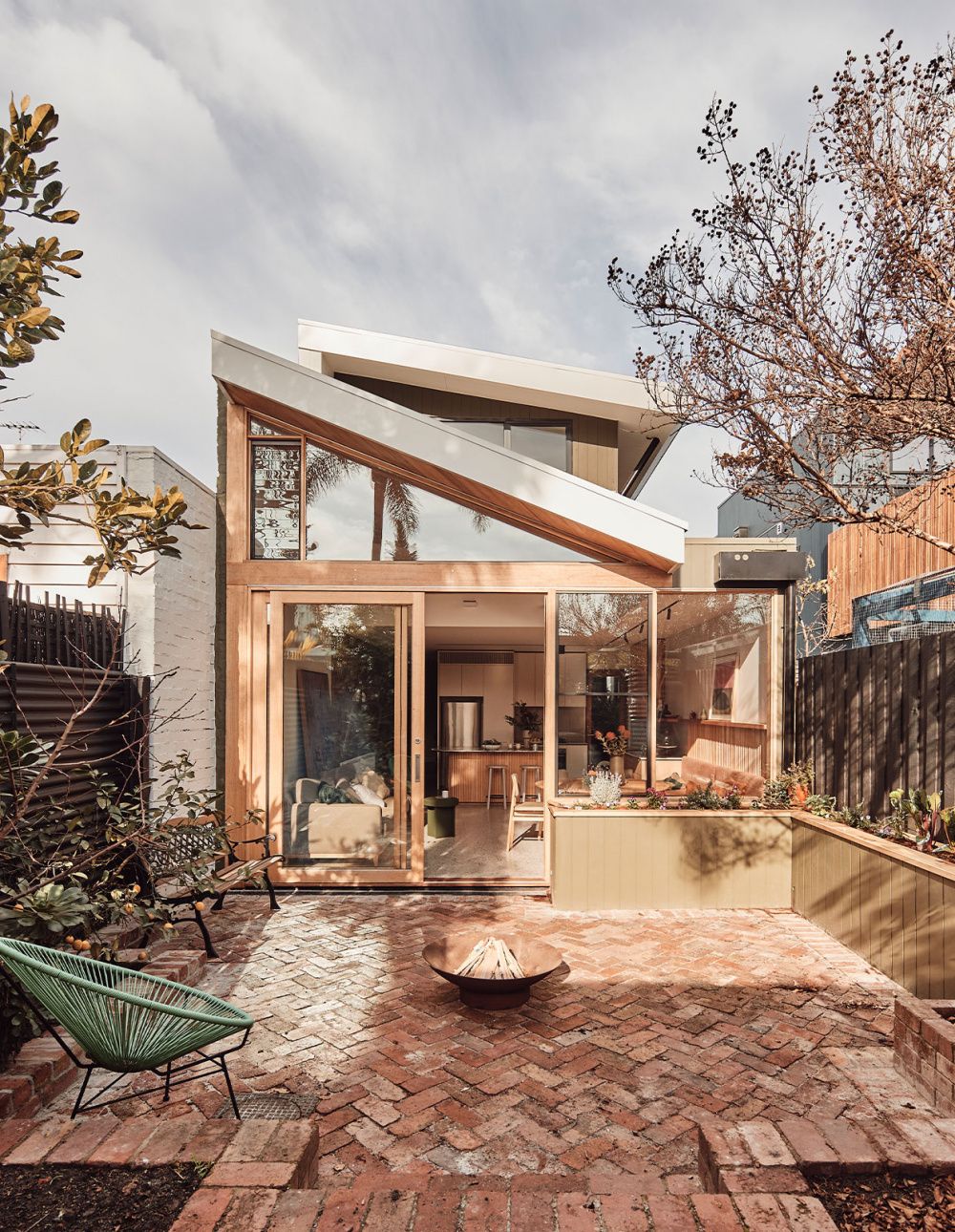
Exterior lighting design is the art and science of illuminating outdoor spaces, buildings, and landscapes in a way that enhances their aesthetic appeal, ensures safety and security, and creates a welcoming and inviting atmosphere. From highlighting architectural features to illuminating pathways and landscaping, well-designed exterior lighting can transform a space and provide a sense of drama and beauty. There are various factors to consider when designing exterior lighting, such as the purpose of the lighting, the overall design aesthetic, the desired mood and ambiance, and energy efficiency. Techniques such as uplighting, downlighting, and wall washing are often used to create different effects and highlight different elements of a space. Properly designed exterior lighting should also take into account factors such as light pollution, energy consumption, and maintenance requirements. Overall, effective exterior lighting design can greatly enhance the visual appeal and functionality of outdoor spaces while also improving safety and security.
Exterior lighting design plays a crucial role in enhancing the aesthetic appeal and functionality of outdoor spaces. Properly designed exterior lighting can transform a dull and uninviting outdoor area into a welcoming and inviting space. The strategic placement of lights can highlight key architectural features, create a sense of depth and dimension, and add a layer of security to the property. By carefully planning the placement of lights, designers can effectively illuminate pathways, gardens, and other outdoor elements, creating a visually pleasing and safe environment for residents and visitors alike.
When designing exterior lighting, it is essential to consider the overall layout and design of the outdoor space. Different areas may require different types of lighting to achieve the desired effect. For example, uplights can be used to highlight trees and architectural features, while pathway lights can illuminate walkways and guide visitors safely through the property. By incorporating a variety of lighting techniques, designers can create a dynamic and versatile outdoor environment that can be enjoyed day and night. Additionally, the use of energy-efficient LED lights can help minimize energy consumption and reduce overall maintenance costs.
Another important consideration in exterior lighting design is the use of timers and sensors to control the operation of the lights. Timers can be programmed to turn the lights on and off at specific times, ensuring that the property remains well-lit during the evening hours. Motion sensors can be used to activate lights only when movement is detected, enhancing security and deterring potential intruders. By incorporating smart lighting technology, designers can create a more efficient and sustainable lighting scheme that enhances the overall functionality and appeal of the outdoor space. In conclusion, exterior lighting design plays a crucial role in enhancing the beauty, safety, and functionality of outdoor spaces. By carefully considering the layout, design, and technology options available, designers can create a well-lit and inviting outdoor environment that can be enjoyed by all.
 Decoration Ideas
Decoration Ideas









